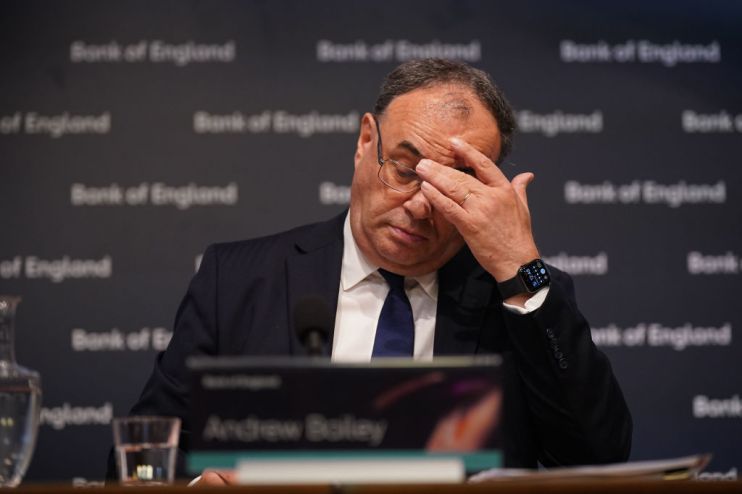Weekend read: Volatile month in UK gilt market turns the Old Lady into a hawk

As October is coming to a close, it’s been a rollercoaster month for the UK’s financial market.
Following the bungled mini-budget on 23 September that sent equities spiralling, the pound plummeted to an all-time low against the dollar and bond yields soaring higher.
In the first few days following Kwasi Kwarteng’s announcement of the mini-budget, Investing.com data showed that 30-year gilt yields rose by roughly 120bps.
The bond sell-off forced the Bank of England to intervene and start buying long-term gilts over the next
fortnight in order to calm jitters and stabilise pension funds.
This move led to gilts climbing down, but by 10 October they were heading back to near their September highs – the 30-year yield hit 4.7 per cent versus its 5 per cent high and the 20-year yield reached 4.8 per cent versus 5 per cent, according to data from Investing.com.
Mixed messages from the Old Lady
Mixed messages from the Bank of England over whether it would continue to provide support to pension funds beyond 14 October led to uncertainty and panic.
The market was concerned that it was too soon for the central bank to pull its support.
Some confidence was restored last week when the new chancellor Jeremy Hunt decided to rip up Kwarteng’s mini-budget and u-turned on Kwarteng’s tax cuts.
But bond yields crept slightly higher once again after Liz Truss announced her resignation on Friday 21 October afternoon.
“Despite the current volatility, “the fall in gilt yields is still helpful in that it now brings the UK back into the pack when it comes to rising rates, as well as lowering the amount of interest that would have been payable on UK borrowing,” according to City-based Michael Hewson, chief market analyst at CMC Markets.
“Following the release of the mini-budget, the market has priced in an aggressive interest hike ahead of the 3 November Bank of England meeting,” Hewson explained to City A.M. this morning
“However, the central bank could now take a slightly gentler approach.
“Falling yields don’t “shelter the UK economy from further rate increases”, however, Hewson pointed out.
“The Federal Reserve could decide on two more 75bps rises before year-end and this “would increase pressure on the Bank of England to act in a much more hawkish fashion,” he noted.
All eyes on Sunak
The turmoil in the bond market over the past month has sent some investors fleeing to more conventional standard savings accounts.
Investing.com data noted the yield on 30- year bonds was roughly 1.2 per cent at the start of the year, but the volatility means they’re currently not the safe haven asset that they’ve traditionally been considered.
“Putting the economy in the hands of Sunak, with his background in finance, helps gilts to rally and sends yields lower,” Hewson said.
Until it becomes clear how the new prime minister intends to steady the ship through this storm, there could be further volatility in the bond market.
As ratings agency Moody’s explained in its reasoning for downgrading the UK’s economic outlook from stable to negative last week: “The recent rise in government bond yields is in part a reflection of wider market concerns around the credibility of UK policymaking”.
Hewson concluded that: “The fall in UK gilt yields does suggest one thing and that is we will probably see a budget delivered next week and all the indications are it will be delivered by Jeremy Hunt, the existing Chancellor of the Exchequer.”